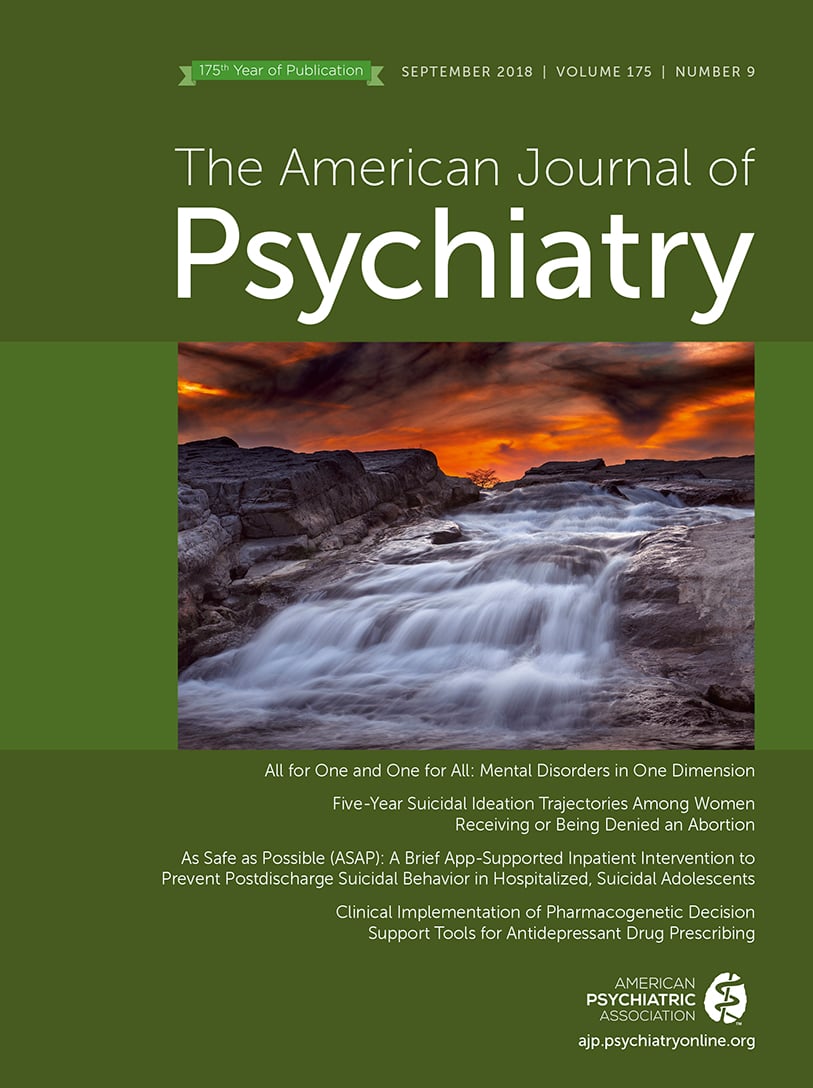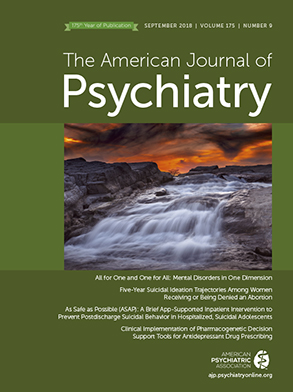This book is a useful reference text on the epidemiology of mental disorders across the globe. Based on 29 surveys from 26 countries, this book describes the prevalence of the major mental disorders, accompanied by information on age of onset, risk factors, severity, role impairment, and treatment. The World Mental Health Survey Initiative aims to assist countries with performing epidemiologic surveys of mental disorders within their populations using standardized procedures. The World Health Organization Composite International Diagnostic Interview, a fully structured diagnostic interview, is used to estimate the prevalence of DSM-IV–defined disorders within nationally or regionally representative samples of adults. An advantage of the World Mental Health surveys is that comparisons can be made across countries and disorders, given the common interview method and statistical analyses.
The fifth volume on the World Mental Health Survey Initiative, this book consists of three sections. The introductory section (chapters 1–3) briefly recounts the history of psychiatric epidemiology and the impetus for the development of the World Mental Health surveys. Chapter 2 rounds out with a concise but aptly put review of the criticisms of psychiatric nosology, before moving to a comprehensive discussion of the methods of the World Mental Health surveys in chapter 3. Section 2 (chapters 4–19), which makes up the bulk of the book, is organized by type of disorder. Each of these chapters is about 15 pages and begins with a brief review of the prevalence literature before moving to the World Mental Health methods, findings, and discussion. The disorders that are covered are: major depressive disorder, bipolar spectrum disorder, generalized anxiety disorder, panic disorder and panic attacks, agoraphobia, social anxiety disorder, specific phobia, posttraumatic stress disorder (PTSD), separation anxiety disorder, intermittent explosive disorder, attention deficit hyperactivity disorder, oppositional defiant disorder and conduct disorder, alcohol use disorders, drug use disorders, bulimia nervosa and binge-eating disorders, and, lastly, psychotic experiences. Psychotic-like symptoms were included because of the research community’s interest, although they are not in themselves a DSM-IV disorder. Schizophrenia and psychotic disorders, on the other hand, were not included in the World Mental Health surveys because of concerns about accurately assessing them using fully structured interviews. Obsessive-compulsive disorder (OCD) was also excluded because of accuracy concerns, and anorexia nervosa was excluded because of small case numbers. The last section of the book (chapters 20–22) focuses on comorbidity and service use before concluding with a synthesis of the book’s findings. It takes a cross-disorder and a cross-national perspective, highlighting similarities and differences across the disorders and reviewing reasons for variation in disorders across the World Mental Health countries.
As expected, major depressive disorder was the most prevalent disorder, with 10.6% lifetime prevalence, followed by alcohol use disorders (8.6%), although anxiety disorders as a whole were the most prevalent class. Intuitively, there was substantial variation in the prevalence of disorders across countries and within each country by income group. Like the Global Burden of Disease studies, the World Mental Health initiative found a positive relationship between prevalence of mental disorders and income level, although methodological differences as well as country-specific variation in factors such as stigma and social capital were put forth as possible explanations for this finding. Among individuals who reported ever having a lifetime mental disorder, about one-quarter to two-thirds had persistence of the disorder in the past year. For most mental disorders (neurocognitive disorders such as dementia omitted), the age of onset was often in adolescence or early adulthood, though major depressive disorder, generalized anxiety disorder, and PTSD had onsets closer to the mid- to late-30s. Lastly and unsurprisingly, mood disorders were the most impairing of the disorders as measured by the Sheehan Disability Scale, although an important limitation is that schizophrenia, OCD, and dementia were not included in this book.
Although perhaps most useful as a reference guide, this book is well written, flows easily, and is enjoyable to read. It will be relevant to any psychiatric epidemiologist looking to understand the “lay of the land” in terms of prevalence of mental disorders across the world and the major epidemiologic factors associated with each.


